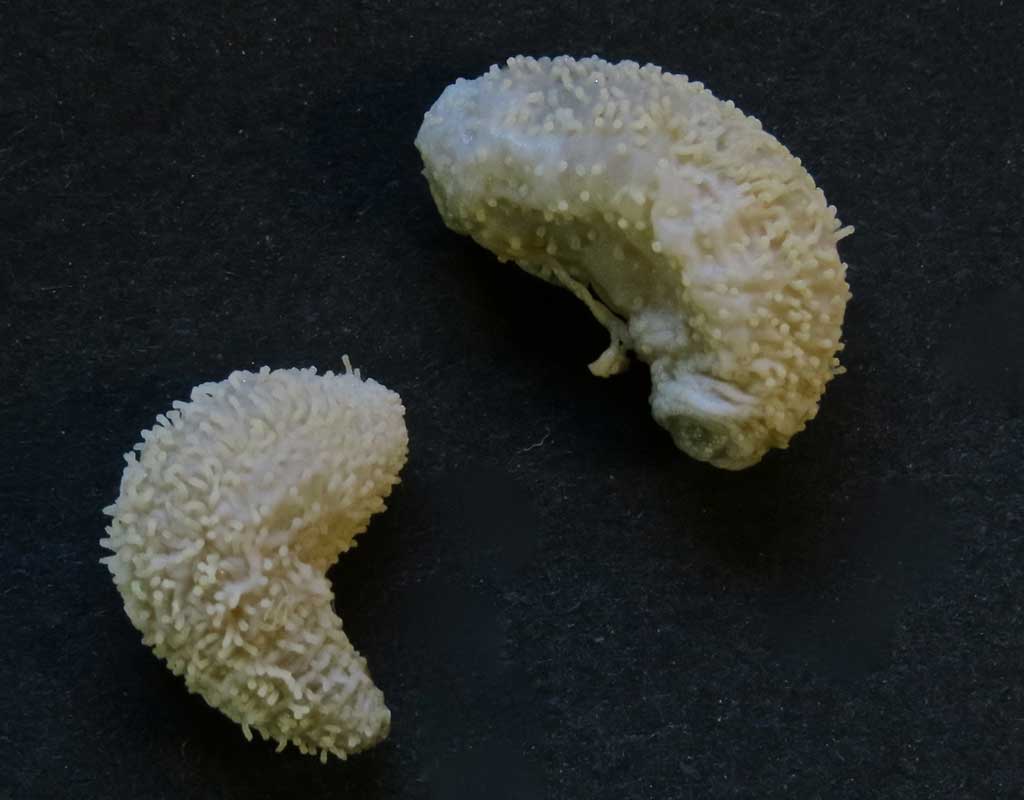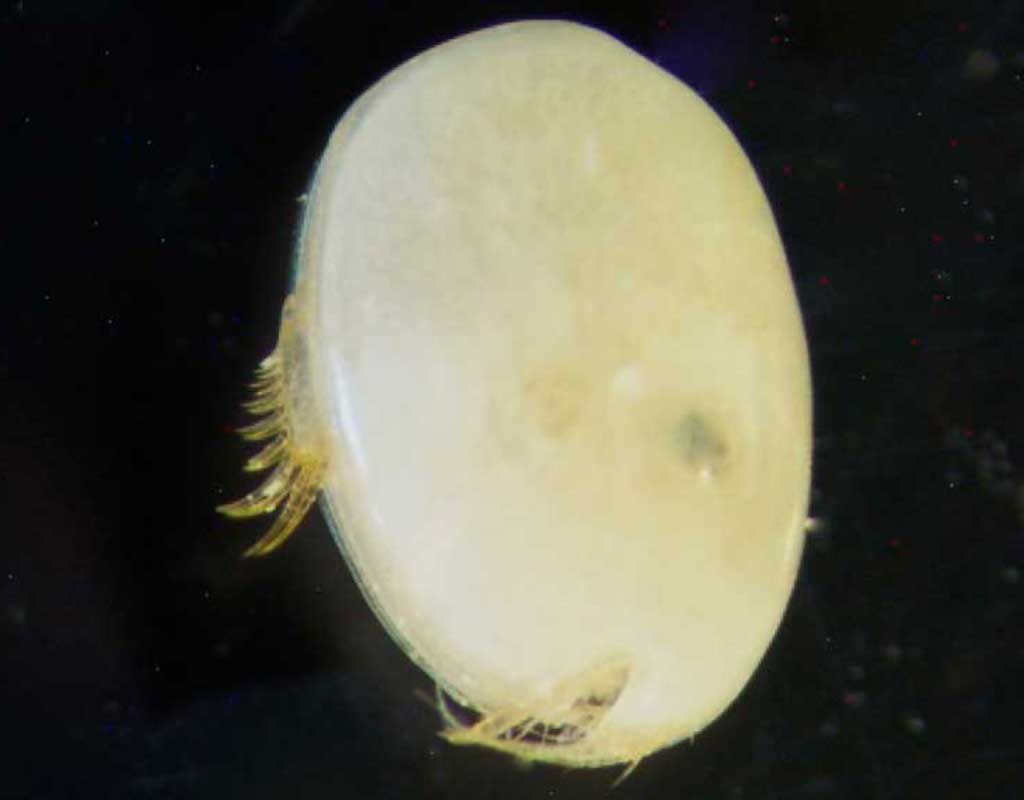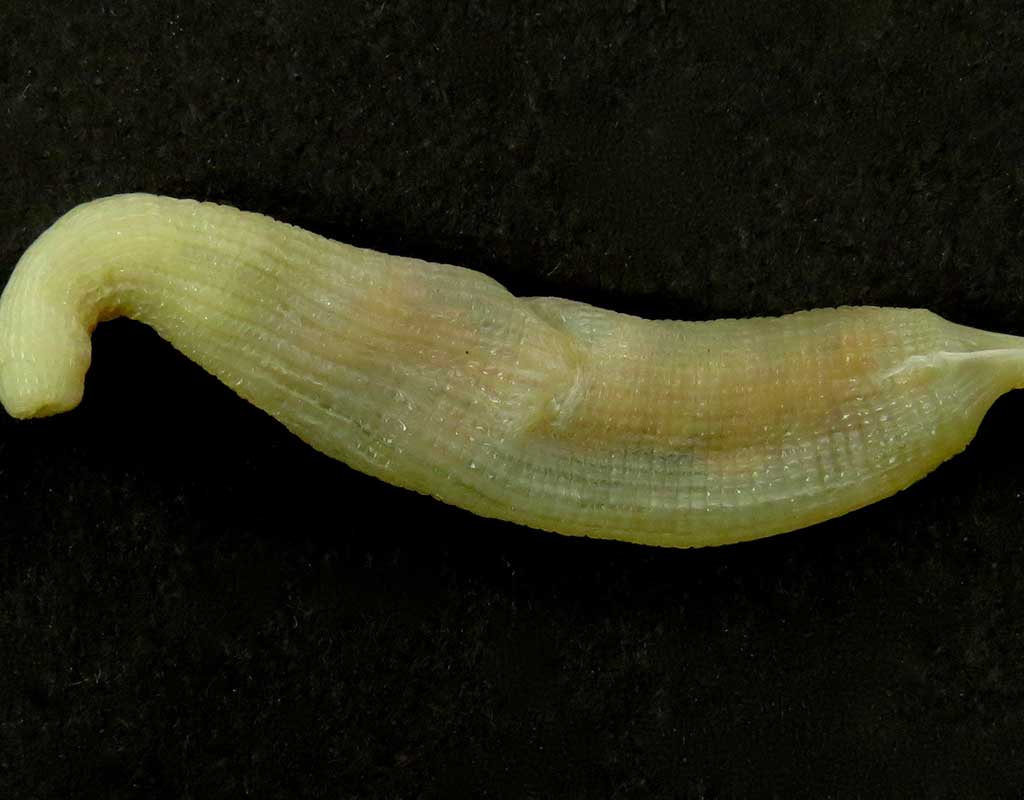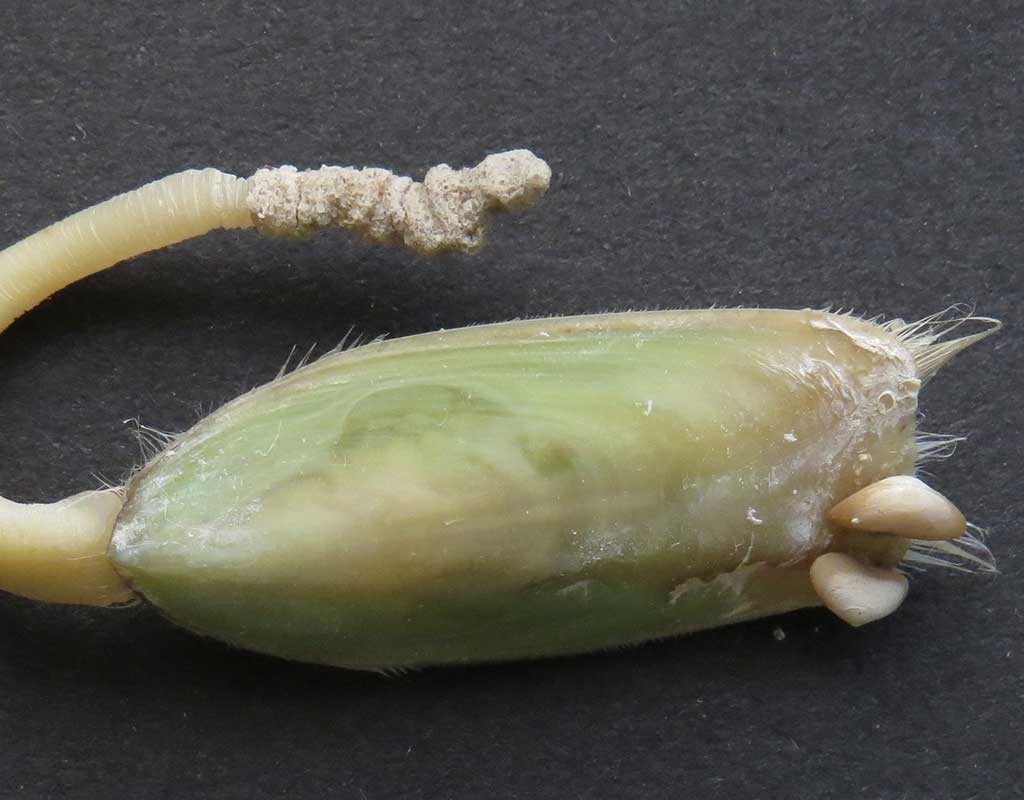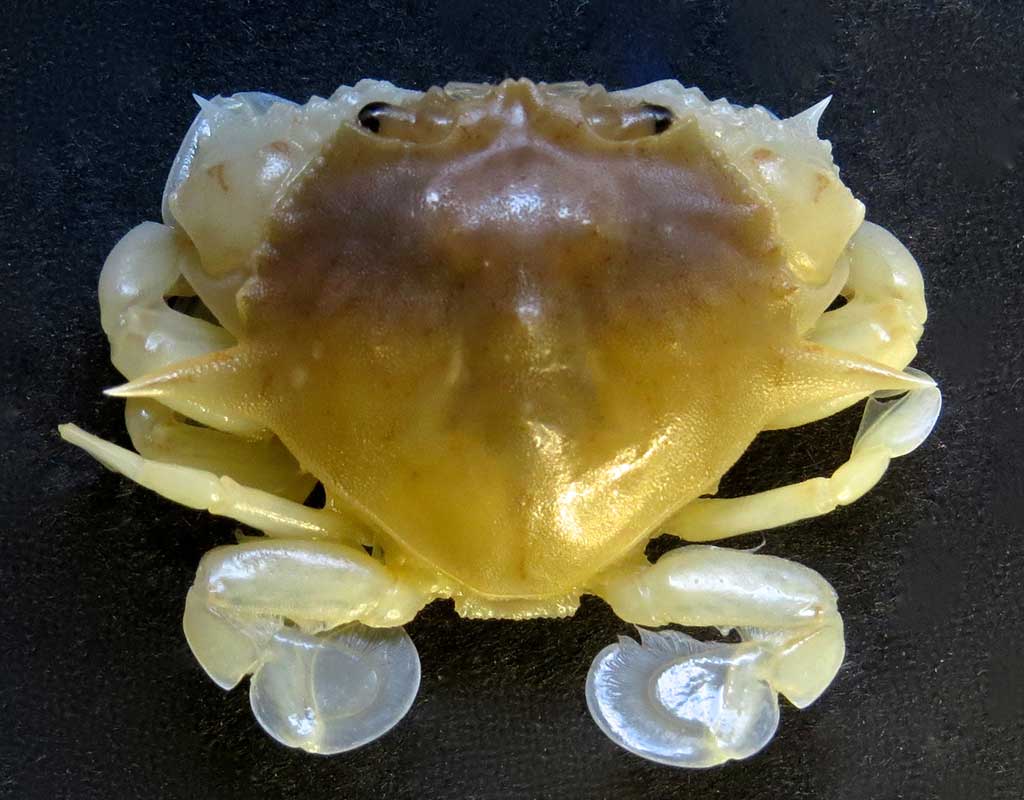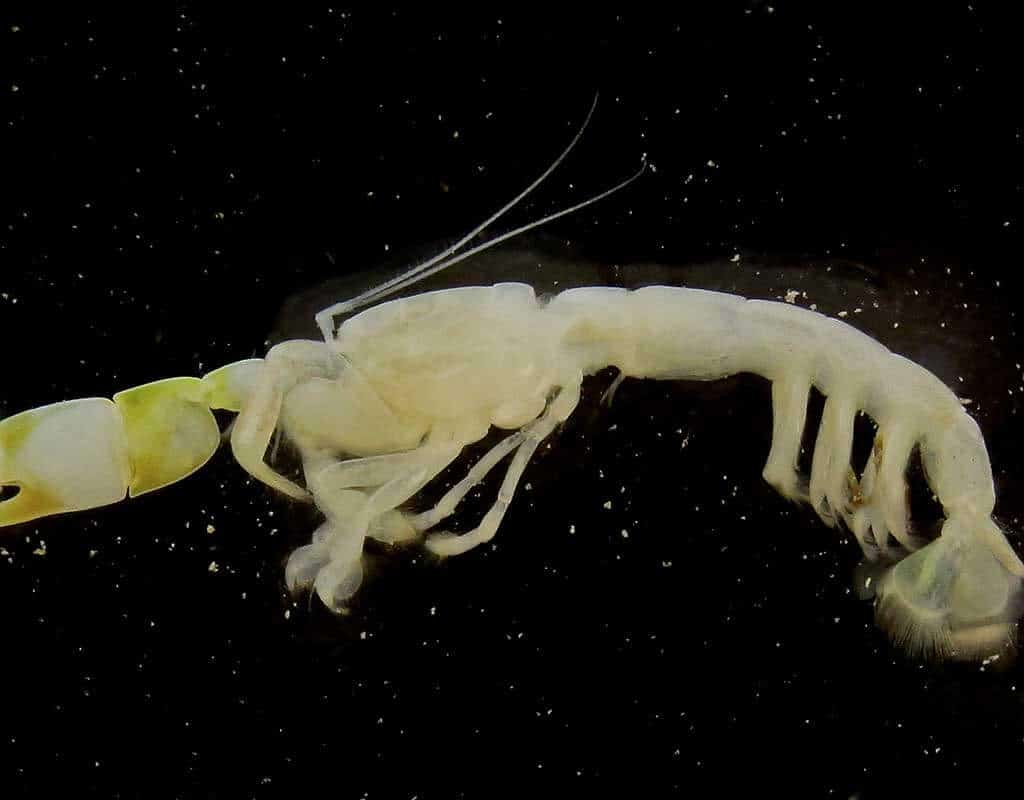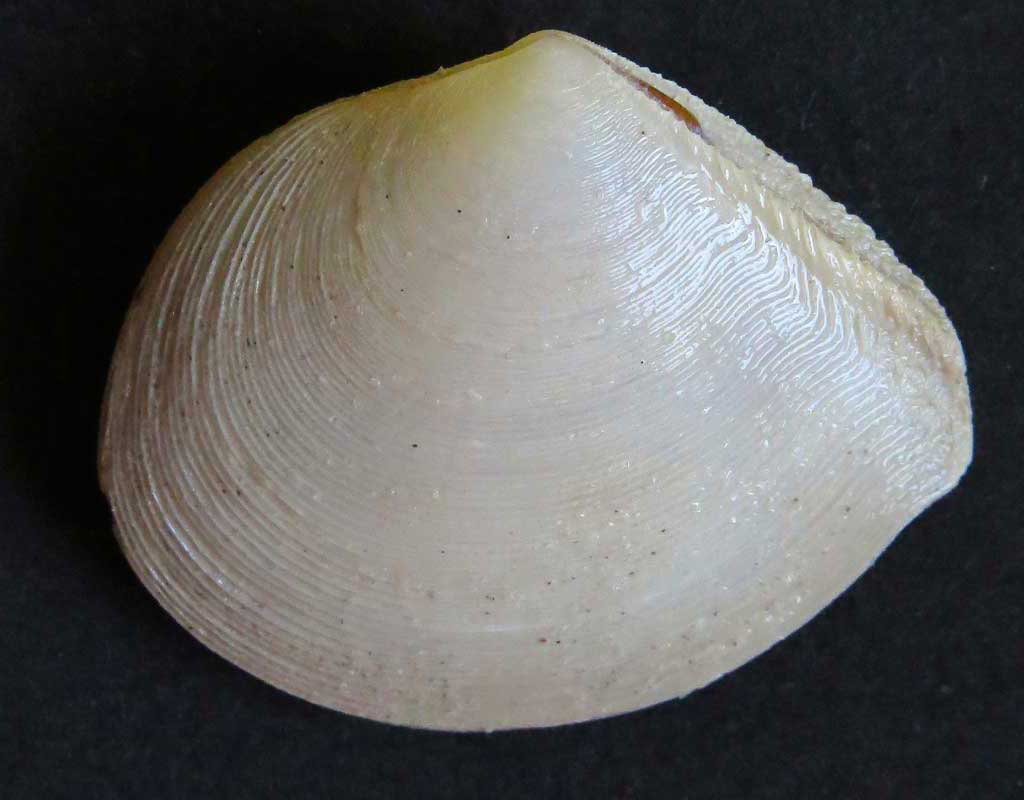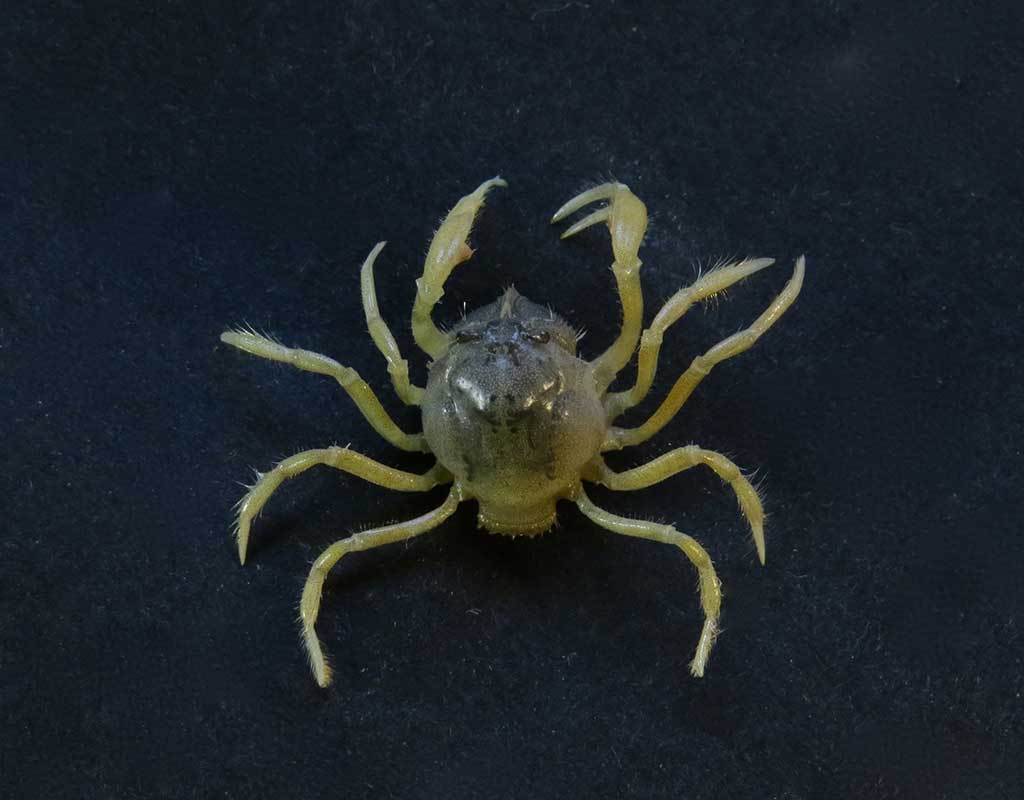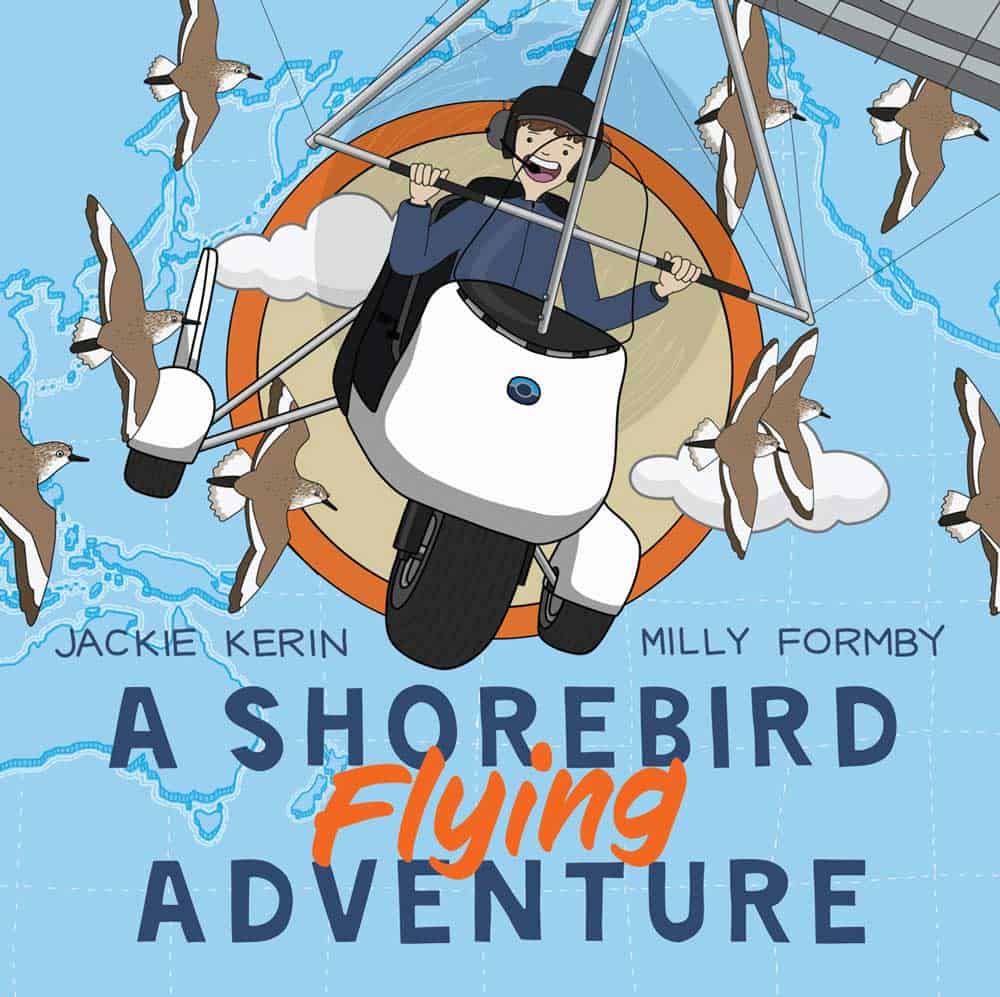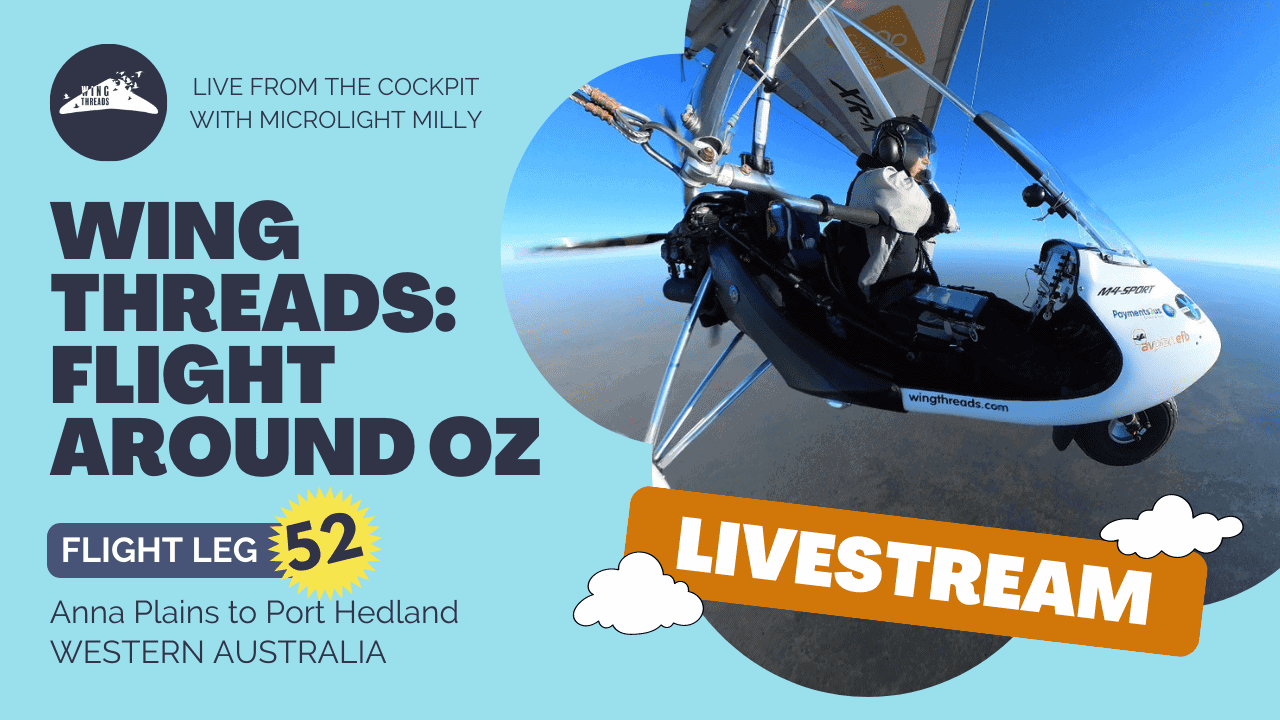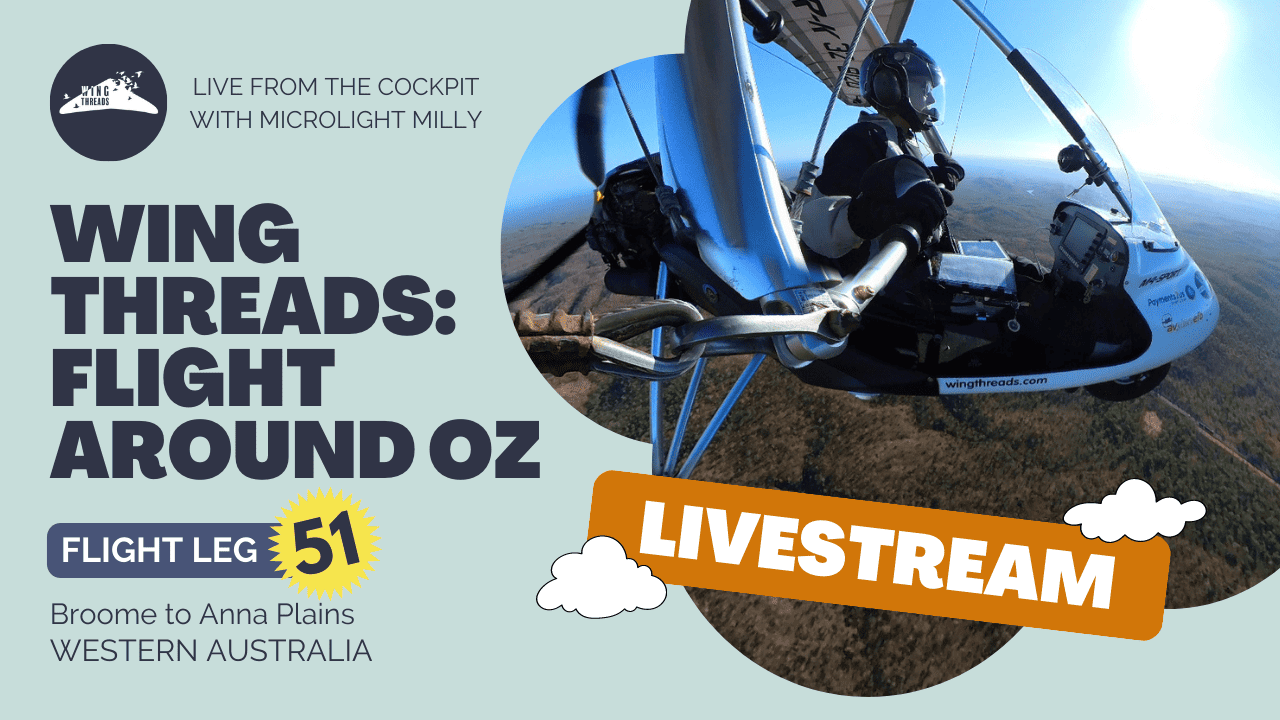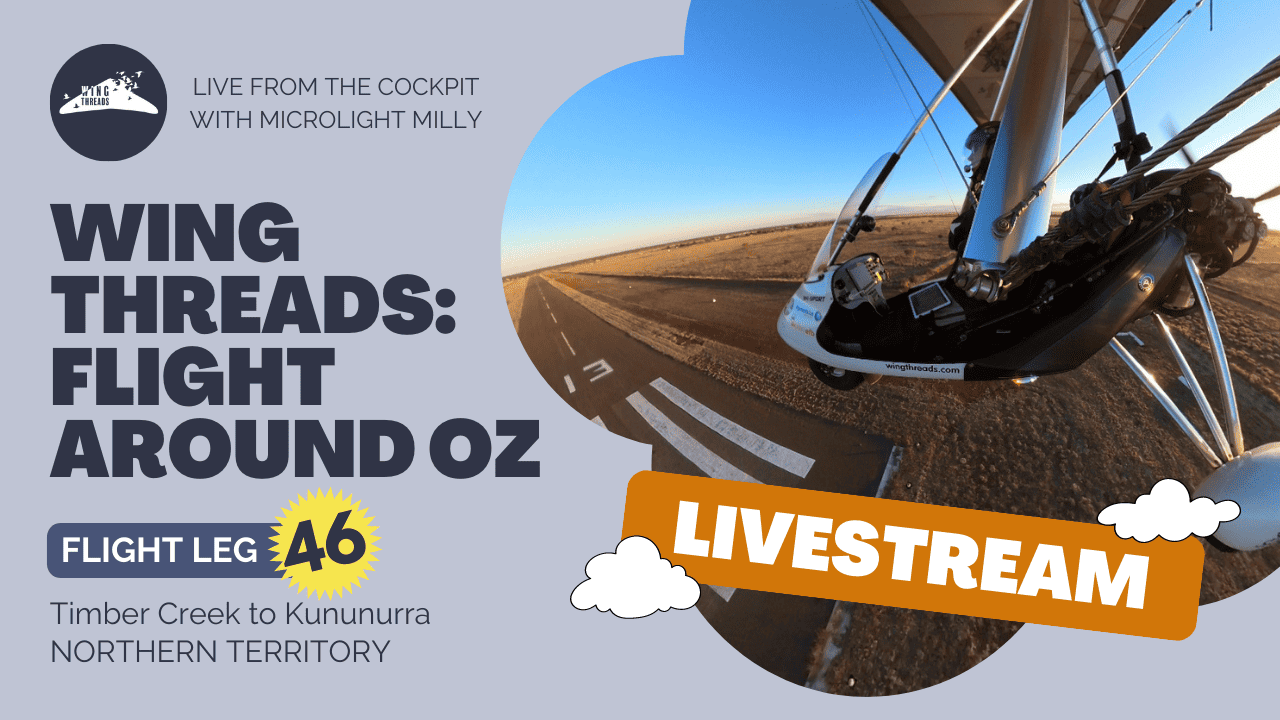
All animals are awesome, it's true, but some are just more awesome than others.
Admit it. You have your favourite. Still not convinced? Well, how about some facts to back it up? These are just five of the reasons shorebirds are the coolest animals in the world.
1. They can fly to the moon on migration

Yep. They remain airborne for the entire 11,000-kilometre journey. No food. No water. For nine straight days, they’re flapping their wings and nothing else. This puts them in the number one world record spot for the furthest non-stop migration flight of any bird species!
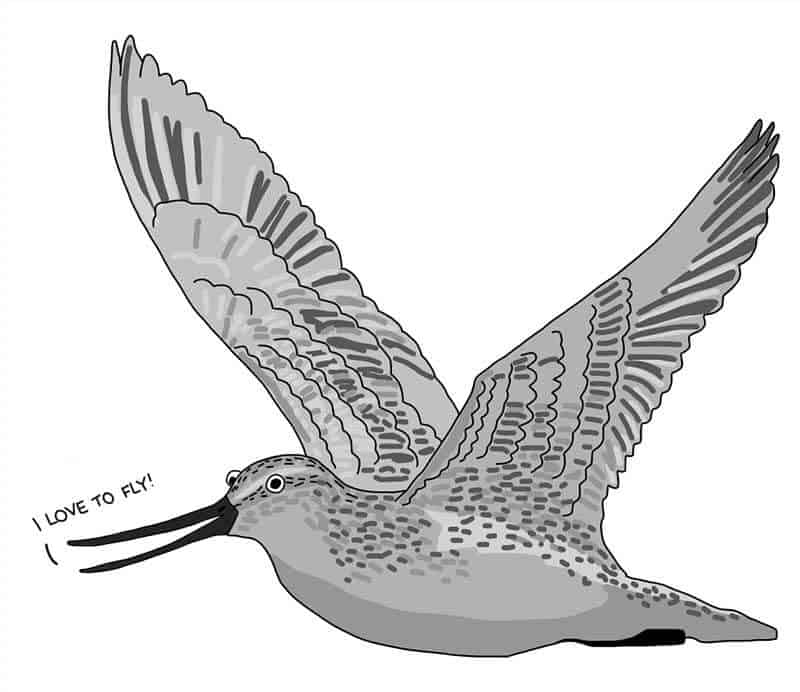
Each year they fly to their breeding grounds in far-flung places such as Siberia, Japan and Mongolia, arriving just in time to capitalise on the that accompany the arrival of summer.
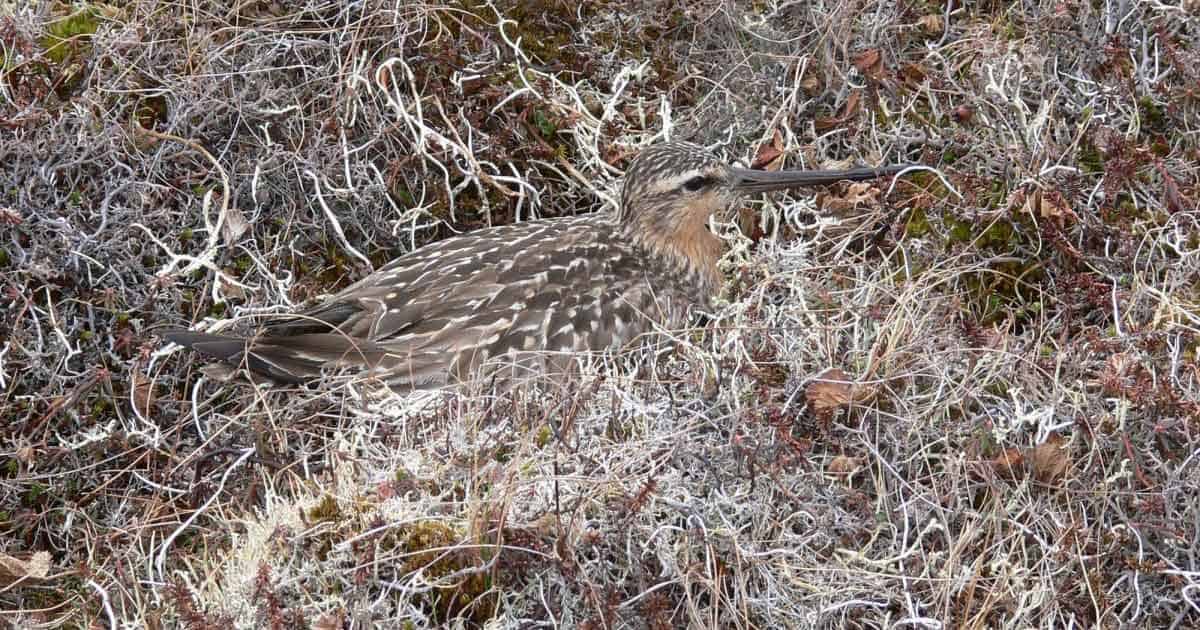
Then, after breeding, they fly all the way back to spend the Southern Hemisphere summer on Australian shorelines and wetlands. Perhaps the most mind-boggling part of it all is that the adults depart before their chicks, so the very first time a young shorebird makes its gruelling migration, it does so without any parental guidance whatsoever!
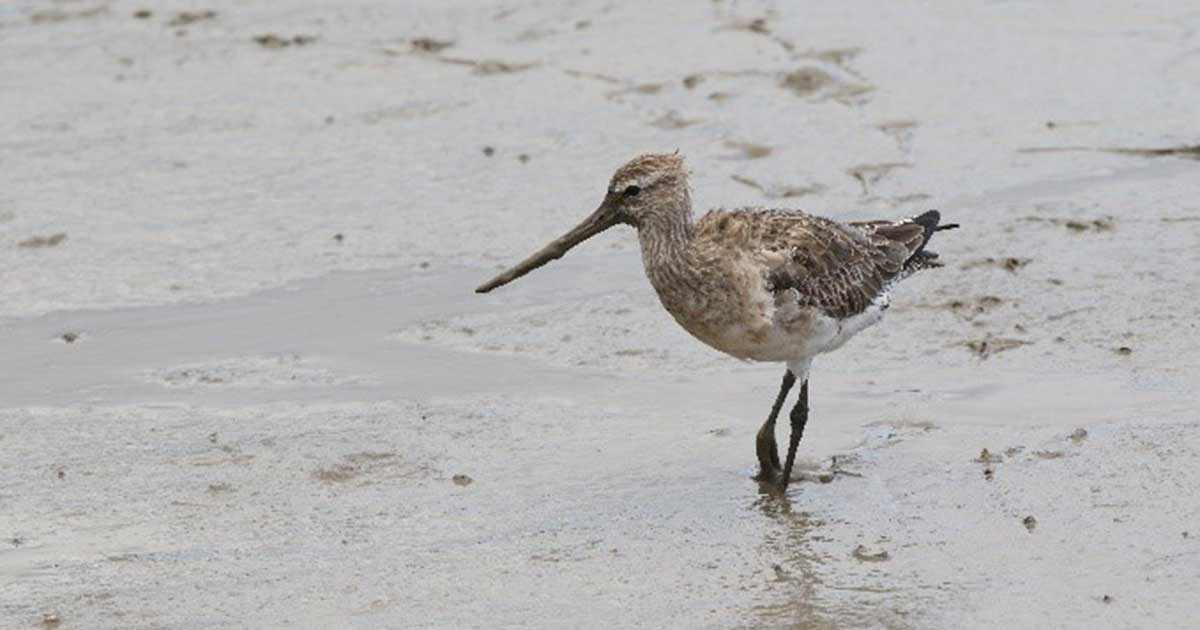
Shorebirds are also long-lived. By the time a shorebird is 15 years old, they will have flown the equivalent distance to the moon – that’s 384,400 kilometres – just on migration alone!
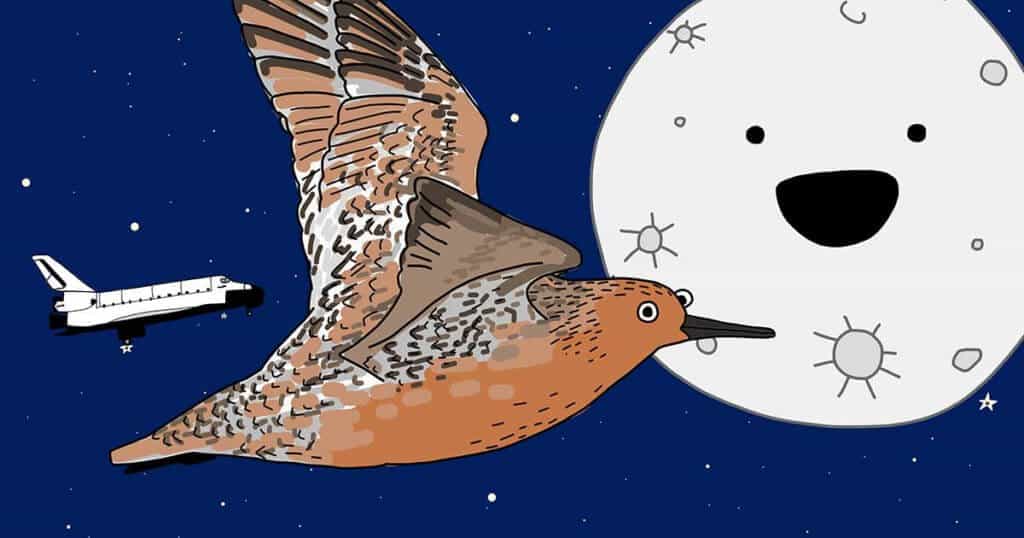
2. The fat of the matter
Under the bonnet, there are many elements that go into making a successful migration. Not least of these is having enough fuel to make the journey. To get a sense of how much energy is required for long-distance flight, let’s compare shorebirds with a jumbo jet.

On a flight between Sydney and Beijing, a jumbo jet will burn through more than 100,000 litres of fuel. A shorebird does the same flight just using energy that comes from burning fat stored in its body prior to departure!
Believe it or not, shorebirds of some species almost double their body weight in size as they build up vital reserves of fat and muscle in the lead-up to their journey.
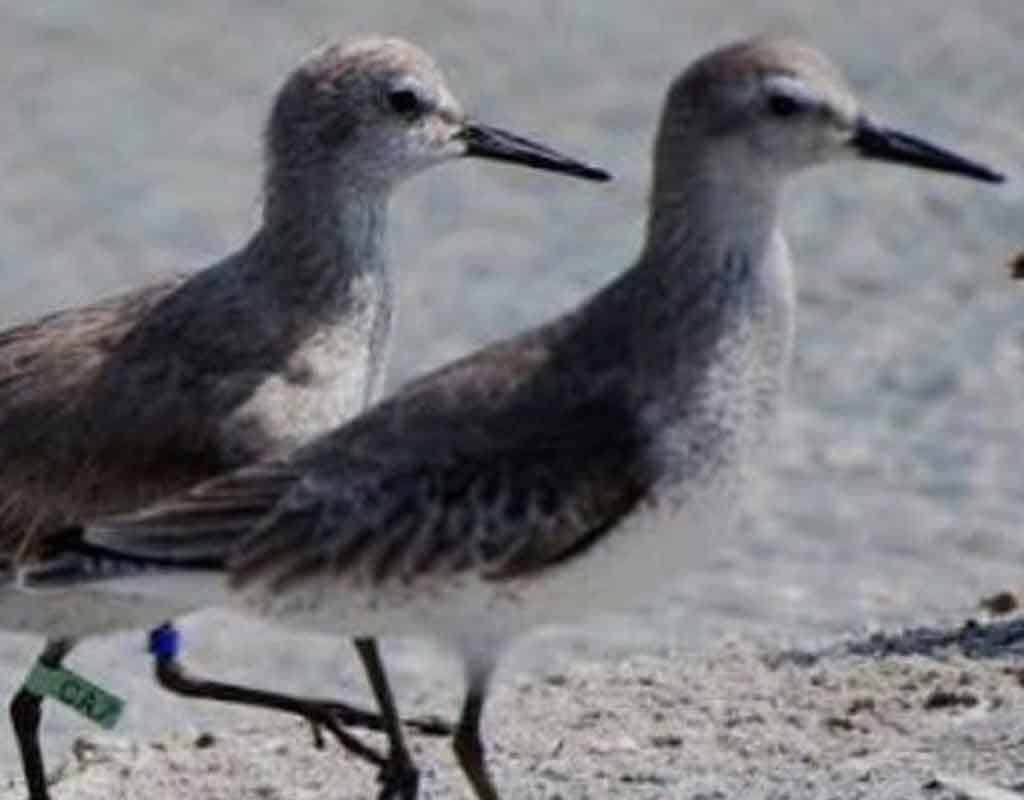
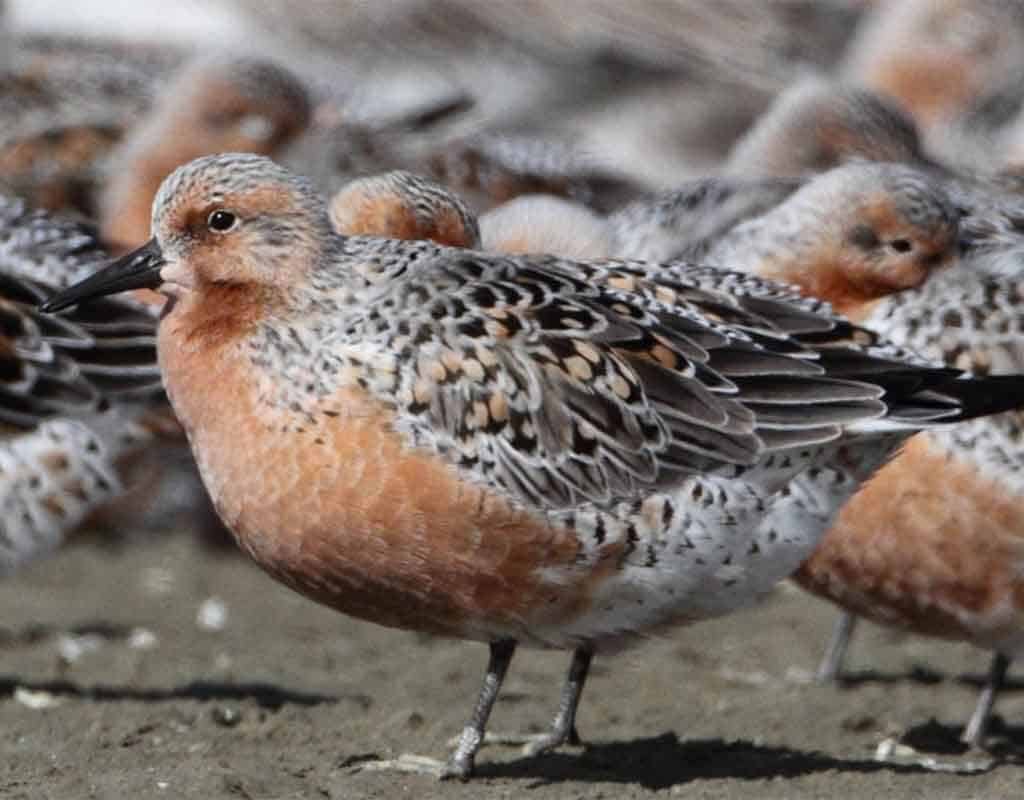
To achieve these colossal weight gains, shorebirds devote most of their time to eating. With lots of birds often feeding together in large flocks, they need access to feeding sites with loads of invertebrates, like worms and shellfish, to feed on if they are to depart in tip-top condition. Any disturbance while feeding can mean lost opportunities for shorebirds to get fat enough to make the distance.
3. Migration takes guts
Airlines place luggage restrictions on their passengers because every little bit of additional weight requires extra fuel to carry it. Already at their physical limits, shorebirds can’t afford to carry any excess baggage.
With their total ‘luggage allowance’ devoted to their fat stores, shorebirds shed unnecessary weight by reducing the size of their digestive organs and leg muscles before migration.
They also increase the size of their breast muscles for flying and their heart and blood thickens to pump more oxygen around the body.
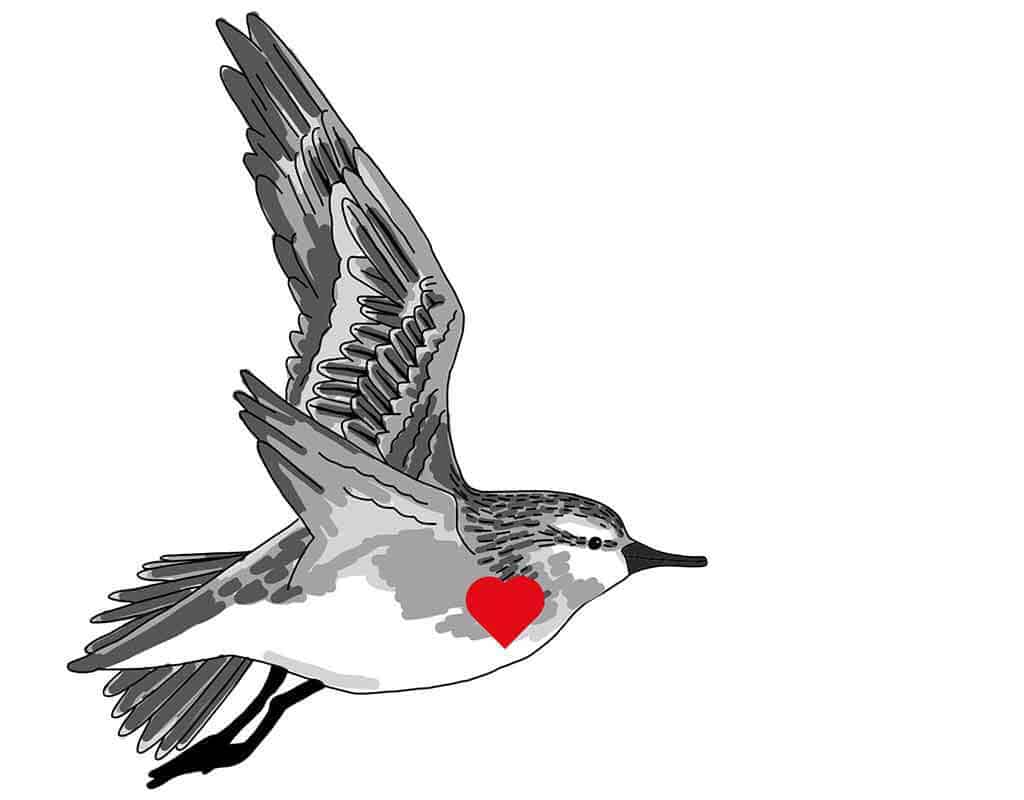
4. Moult-y coloured maintenance
Would you want to fly halfway around the world with wings that were falling apart? Neither would a shorebird. By the time a shorebird flies the tens of thousands of kilometres of its migration cycle, its feathers are absolutely trashed.
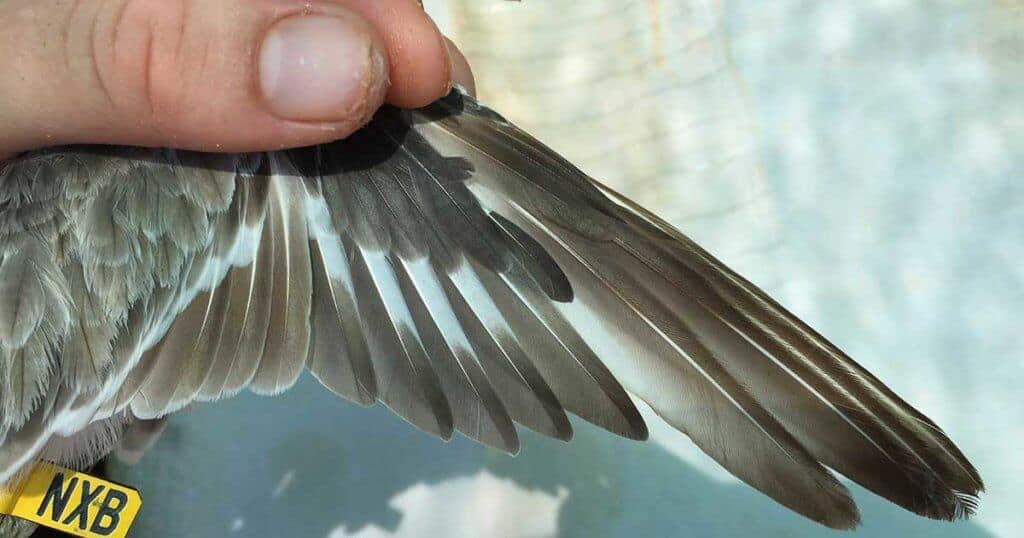
Damage from the sun, friction from air particles, and feather bacteria all contribute to wing wear and tear. Shorebirds returning to Australia typically replace their flight feathers in a process called moult soon after arrival on our shores.
The worn-out flight feathers of the wings are shed one at a time on both sides so that enough feathers always remain to allow the bird to fly. This is important for escaping predators, and moving between places to feed and roost.
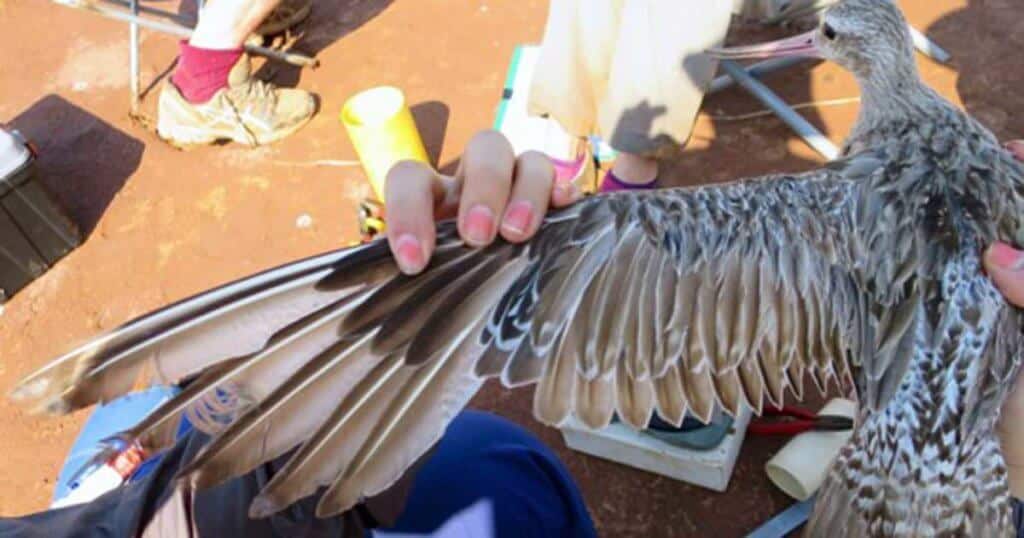
As well as keeping flight feathers in excellent condition, the moult process can grow feathers that are used for display. For most of their time in the Southern Hemisphere, shorebirds will be in comparatively drab, grey non-breeding plumage.
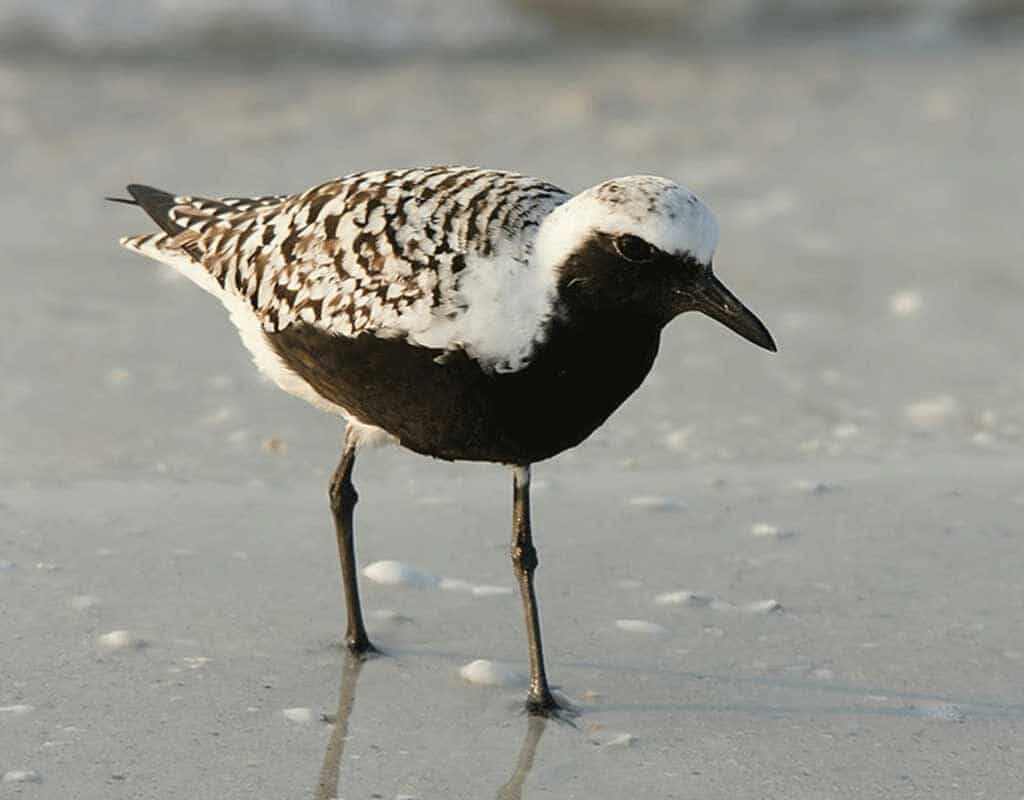
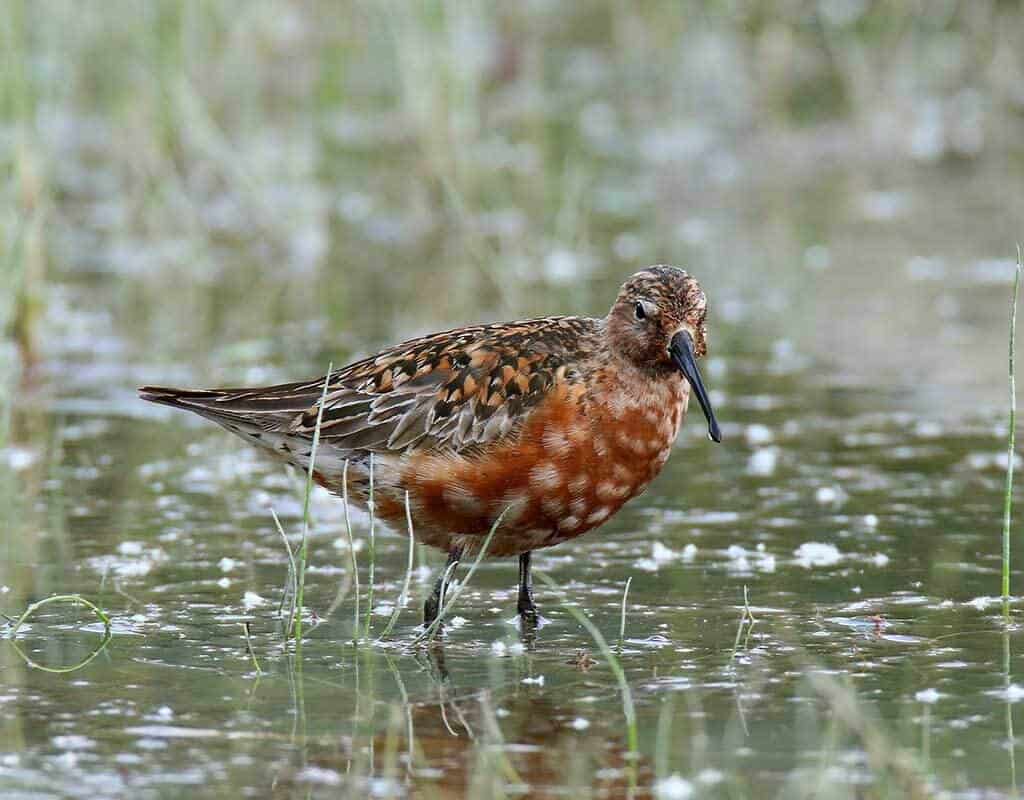
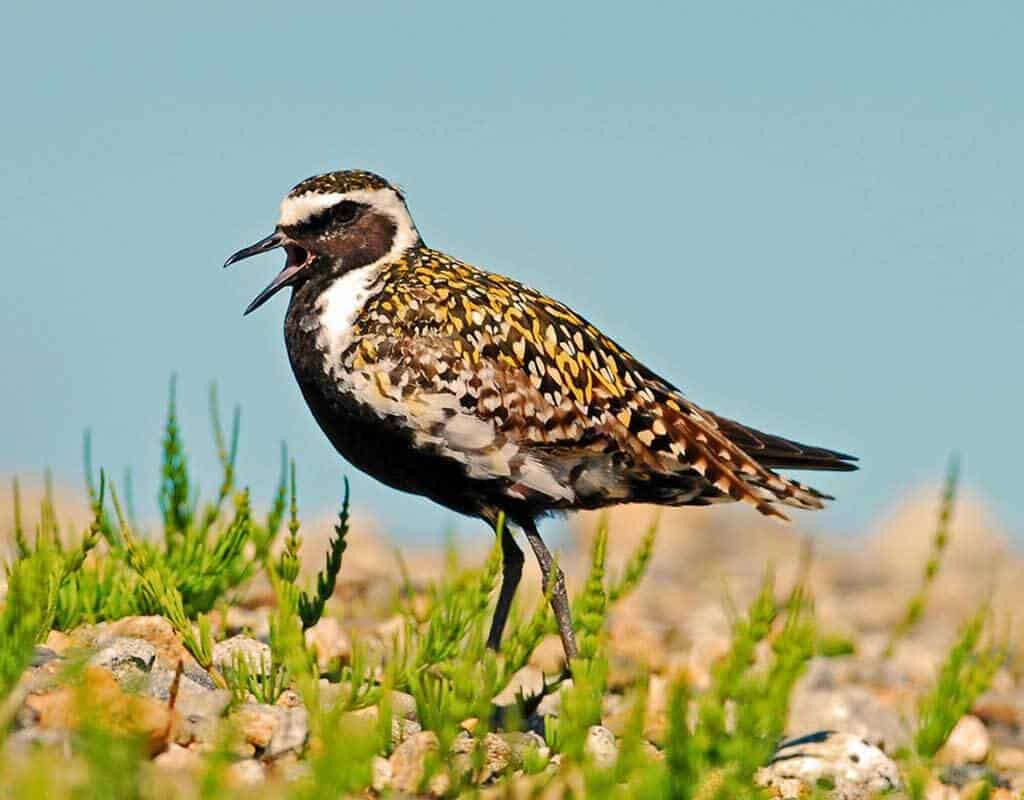
However, as the northward migration approaches, new feathers with hues of brick-red, spangled gold and black become a common sight among a flock. This new breeding plumage will be used to impress potential mates on arrival at the Northern Hemisphere breeding grounds.
5. Weird bendy bill powers
Shorebirds are one of only a few groups of birds with the ability to independently bend the upper part of their bill. This ability is called rhynchokinesis (rin-koh-ki-nee-sis) and makes them look incredibly cute when they yawn!
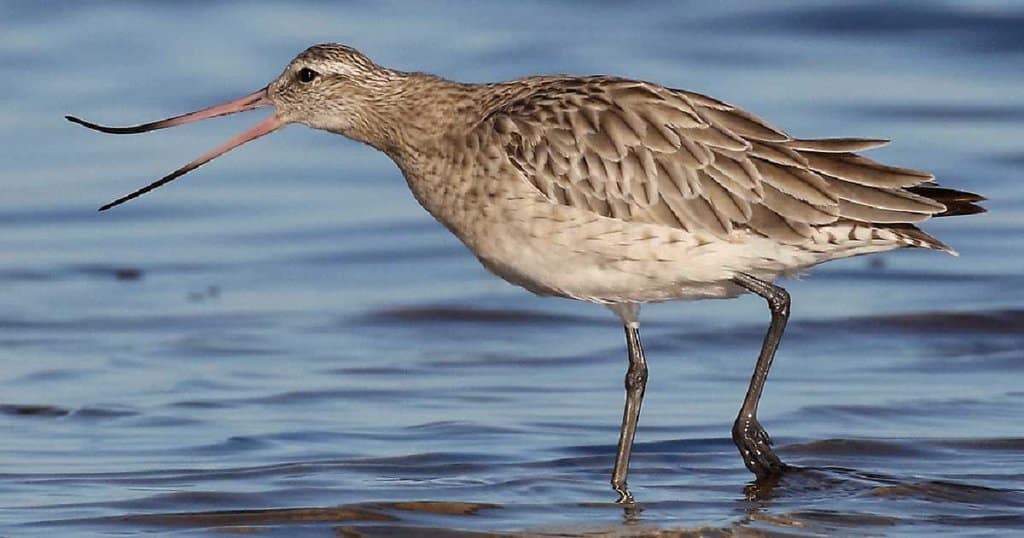
Rhynchokinesis allows the birds to locate and swallow oddly-shaped prey items when probing in the mud. Their bills also possess thousands of pressure receptors called Herbst corpuscles.
These receptors enable the birds to detect prey in the wet sand or mud using pressure signals in the same way bats use sound waves for echolocation.
So there you have it.
Five reasons why you’re going to have to rethink the tiger as your favourite animal. It seems shorebirds have the fearsome cat beaten hands down. All of these factors leave me with nothing but admiration for migratory shorebirds. The only thing not awesome about shorebirds is that we have to wait six months every year until we can watch these flocks of birds again!
Help us keep the shorebirds coming!
Doing these things means shorebirds can focus more of their time eating and getting fat and we’ll be able to enjoy their awesome flocks of awesome-ness for many years to come!
